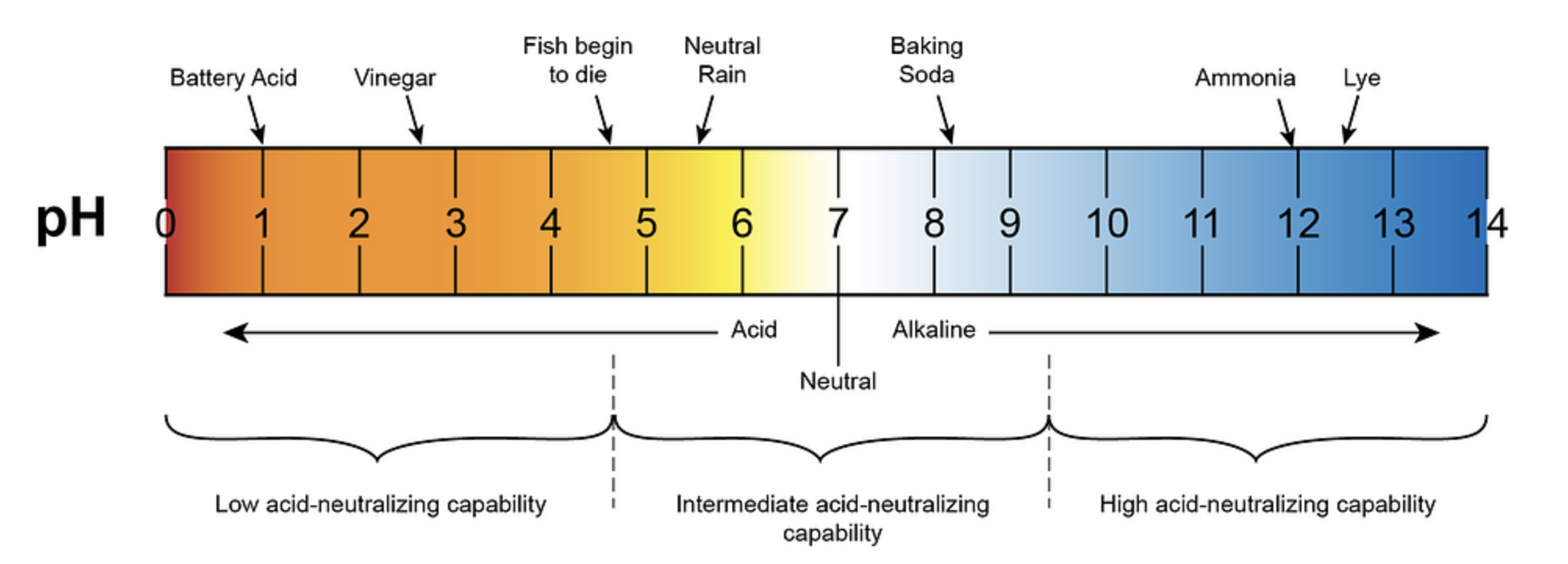The pH of tap water in Connecticut, USA, is a crucial factor that affects the quality and safety of the water supply. This article delves into the typical pH range, the importance of maintaining the right pH level, and the steps residents can take to ensure their tap water is safe and healthy.
Understanding the pH Range of Tap Water in Connecticut
The pH value of tap water in Connecticut typically ranges from 6.4 to 7.5, with an average of 7.5 as provided by the Metropolitan District Commission (MDC). This range indicates that the water is slightly acidic to slightly alkaline.
The pH level of water is determined by the concentration of hydrogen ions (H+) in the water. A pH of 7 is considered neutral, while values below 7 are acidic, and values above 7 are alkaline or basic.
Factors Influencing the pH of Tap Water in Connecticut
The pH of tap water in Connecticut is influenced by several factors, including:
-
Groundwater Composition: Groundwater in Connecticut is often naturally acidic, with a pH lower than 6.4, due to the surrounding soils and bedrock.
-
Corrosion Control: Connecticut’s public water systems must maintain a pH between 6.4 and 10.0 to accommodate corrosivity issues in their extensive distribution systems.
-
EPA Recommendations: The EPA recommends a maximum pH of 8.5 for private wells, although this is not an enforceable standard but rather guidance.
Importance of Maintaining the Proper pH Level
Maintaining the proper pH level of tap water is crucial for several reasons:
-
Health Concerns: Acidic water (low pH) can lead to health concerns, as it can leach metals like lead, copper, and zinc from plumbing systems, which can cause health problems.
-
Plumbing Integrity: Indications of low pH include bluish-green stains on copper plumbing fixtures, reddish stains on galvanized iron plumbing, water system corrosion problems, and plumbing leaks.
-
Water Hardness: When acidic water is treated with a neutralizing filter, such as ground limestone (calcium carbonate), hardness is being added to the water due to the addition of calcium and magnesium minerals.
Testing and Treating the pH of Tap Water in Connecticut
To determine the pH of your tap water, it is crucial to test your drinking water at a state-certified laboratory, following the laboratory’s instructions carefully to avoid contamination and obtain accurate results. Home test kits may not provide accurate results.
If your water is acidic (low pH), you can use a neutralizing filter containing calcite (marble chips) or ground limestone (calcium carbonate) or magnesia (magnesium oxide) to raise the pH. Neutralizing filters must be backwashed periodically and require periodic replenishment of the neutralizing material within the filter bed.
Fluoride in Connecticut’s Tap Water
The Connecticut Department of Public Health (DPH) requires public water systems serving 20,000 or more people to add fluoride, which is based on the number of people served by a particular water system within the company and not the entire population. Connecticut Water complies with this requirement in all of their systems serving 20,000 or more people.
Conclusion
The pH of tap water in Connecticut, USA, is an essential factor that affects the quality and safety of the water supply. By understanding the typical pH range, the factors influencing it, and the importance of maintaining the proper pH level, residents can take the necessary steps to ensure their tap water is safe and healthy. Regular testing and the use of appropriate water treatment methods can help address any pH-related issues and ensure the long-term integrity of the plumbing system.

